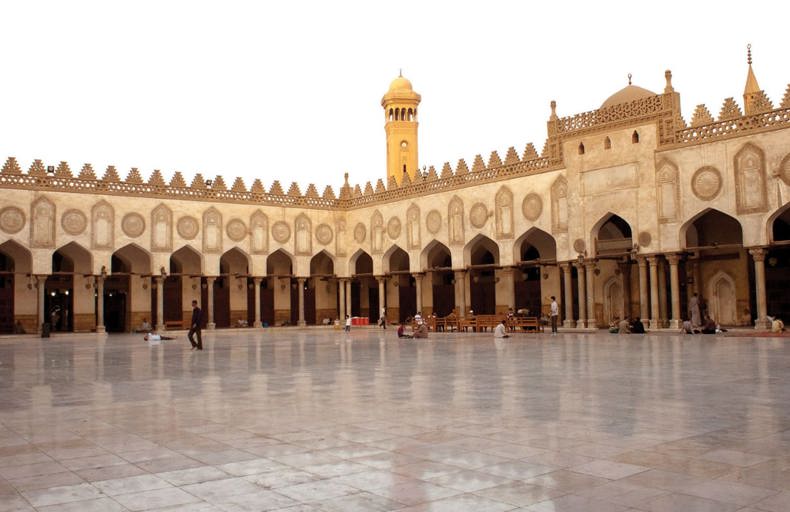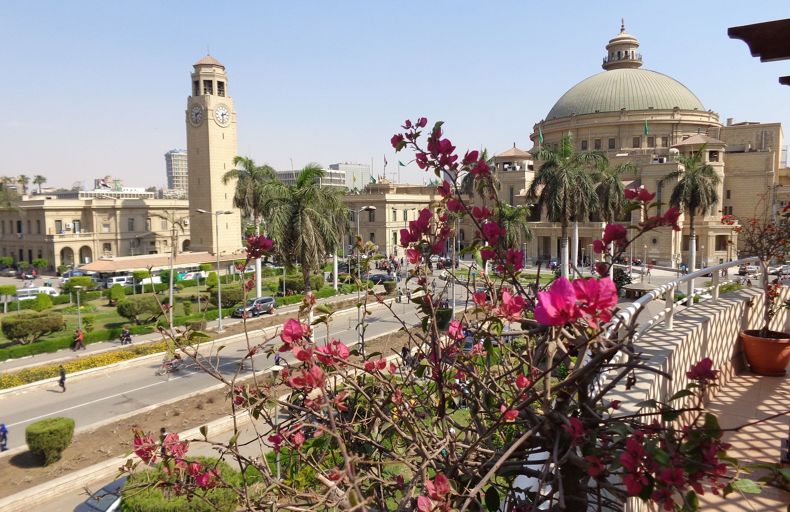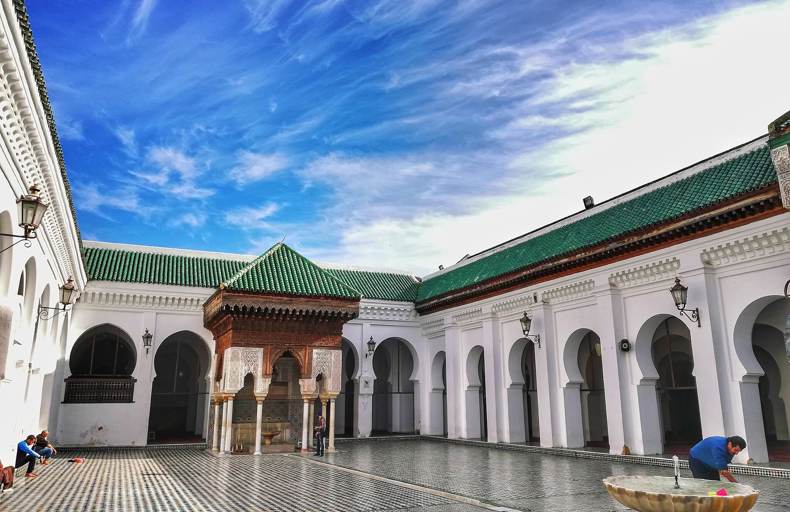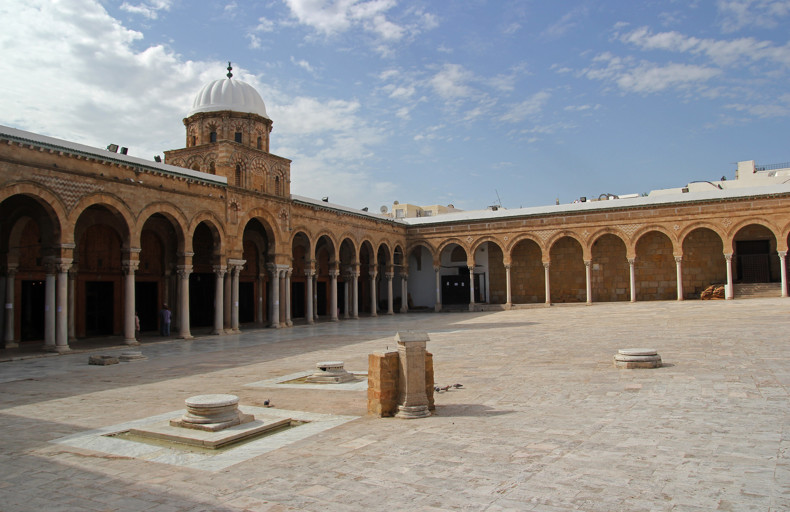Big changes ahead. Stay tuned!
Big changes ahead. Stay tuned!
Nothing here
Start typing to search
Searching..
Nothing matches
There are no matching results.
Sorry!
There has been an error.
Big changes ahead. Stay tuned!
Big changes ahead. Stay tuned!
Nothing here
Start typing to search
Searching..
Nothing matches
There are no matching results.
Sorry!
There has been an error.

Famous Awqaf in the Muslim World
The lives of Muslims starting from the dawn of Islam until now, have been filled with great and pioneering examples of Waqf; the most famous of which are:
The Waqf of Al-Azhar Mosque and University
Throughout the history of Al-Azhar Mosque various examples of Waqf were established, among them those which were allocated to the mosque itself or to students, jurists, muezzins, reciters, and employees. Al Azhar is considered a headquarters for the dissemination of Islam and knowledge in the lesson circles organised there. To this day it still serves thousands of students of all nationalities around the world in all specialisations, whether religious or secular in nature.
The Waqf served as Al Azhar’s source of strength in society, as it resulted in its financial independence and autonomy away from political and sectarian influences.
Al-Azhar University is considered the third oldest university in the world after the Universities of Al-Zaytouna and Al-Qarawiyyin. It is affiliated with Al-Azhar Al-Sharif, and its main headquarters is in the Egyptian capital, Cairo. It was established in the year 970 AD, at the beginning of the Fatimid era in Egypt.
The first Awqaf in Islam
The first Awqaf in the history of Islam were the seven orchards of Medina that belonged to a Jewish man named Mukhayriq, which the Messenger of God (pbuh), dedicated as a Waqf.
Mukhayriq was a good friend of the prophet (pbuh) and even fought with the Muslims on the day of Uhud; where, in case he was killed, he commanded that his money and properties be bequeathed to Muhammad (pbuh) to utilise them however God willed.
When he, in fact, was killed on the day of Uhud fighting with the army of the muslims; the Prophet (pbuh) said: “Mukhayriq is the best of the Jews,” and dedicated the seven walls he owned to charity as a Waqf.

The Waqf of Cairo University
Princess Fatima Ismail donated six acres of land towards the construction of new buildings for Cairo university; in addition to 661 acres of the finest agricultural land in the Dakahlia District, so that its proceeds could be spent on the university. She also donated some of her own jewellery, estimated at a value of 26 thousand Egyptian pounds, to build the Egyptian University in March of 1914; where thousands of students have graduated so far.

The Clock Tower Waqf
The Clock Tower is one of the most famous Awqaf in Mecca. Established by King Abdullah bin Abdulaziz in March of 2008; it is an integrated city with services, consisting of a seven-tower residential complex, a huge commercial centre, in addition to local markets and a restaurant quarter. It is one of the closest hotels adjacent to the Holy Mosque in Mecca; where some rooms directly overlook the Kaaba. The proceeds from the clock tower go to the interests and services of the Holy Mosque.

Al-Qarawiyyin University
Waqf Al-Qarawiyyin University, located in the Moroccan city of Fez, is the world’s oldest university, established by Fatima Al-Fihri (Umm Al-Banin) during the Idrisid Era with the permission of the monarch Yahya I in Ramadan of the year 245 AH, corresponding to June 30, 859 AD. Al-Qarawiyyin University preceded Al-Zaytouna University in Tunisia and Al-Azhar Mosque in Egypt and has provided scientific, social, political and cultural services from its inception until now.
Sayyidna Othman Hotel Waqf
The Waqf of Sayyidna Othman Hotel is located one kilometer from the Prophet’s Mosque. It was established by charitable Moroccans about 300 years ago. Its aim was to shelter immigrants and pilgrims. The waqf was named after the prophet’s companion, Othman bin Affan, may God be pleased with him.

Zaytouna Mosque in Tunisia
The Zaytouna Mosque is the second mosque built in North Africa. It was built in 703 with Waqf donations, and it still exists to this day.
The Awqaf of King Saud University
It is a programme established by King Saud University, aims to create a Waqf model prioritising education. It enhances the university's role in developing scientific and cultural infrastructure and ensures financial stability for scientific research. The project includes eleven towers, some of which were dedicated for hospitality and hotel services, office and medical towers, conference and meeting services, along with commercial services and supermarkets. The total construction cost of the towers amounted to 4.9 billion Saudi Riyals.